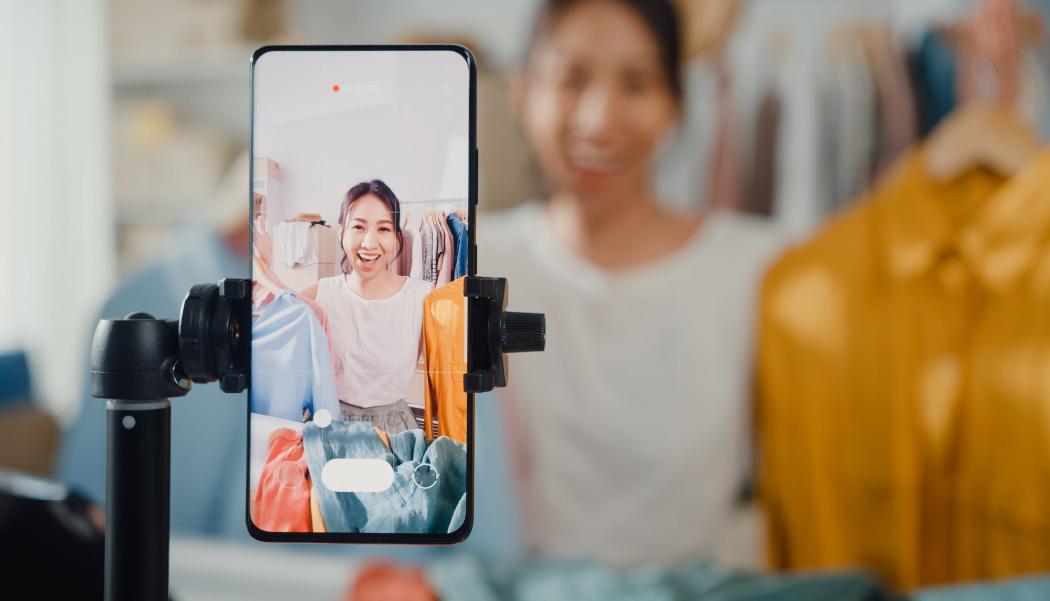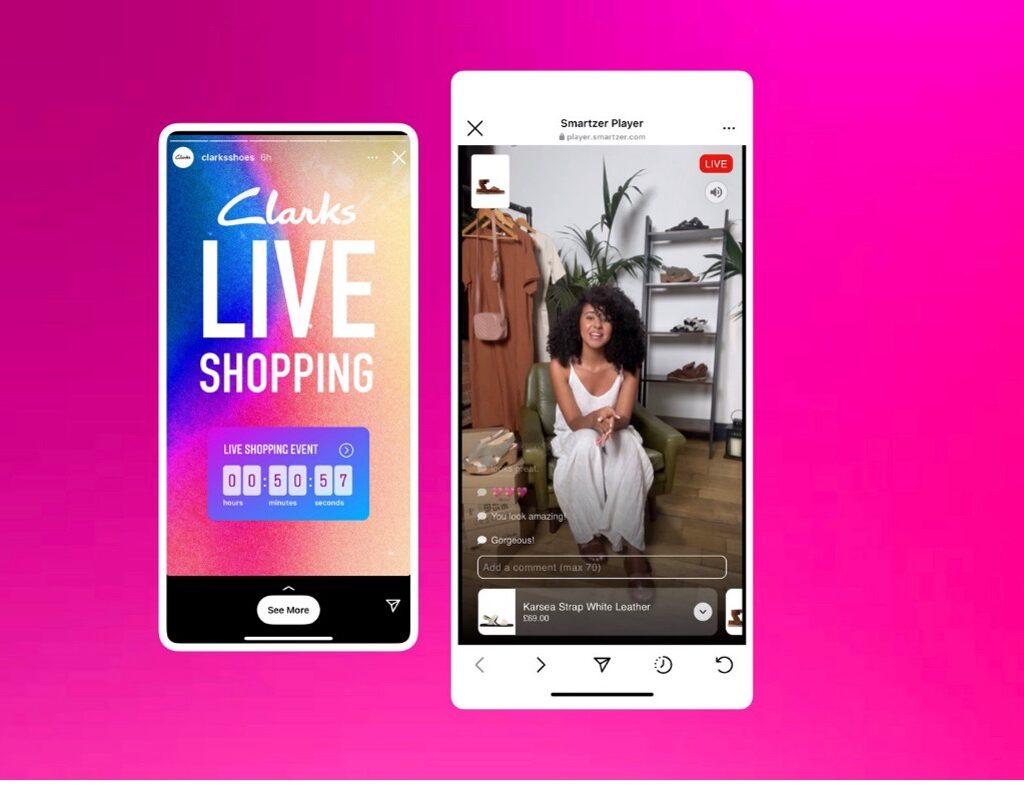Understanding Live Shopping Trends and consumer Behavior
The rapid evolution of consumer behavior is reshaping the retail landscape,with live shopping emerging as a key player in this change. This innovative approach combines traditional e-commerce with interactive, real-time experiences, allowing shoppers to engage with products in a dynamic habitat. factors contributing to this rise include:
- Social Media Integration: Platforms like Instagram and TikTok seamlessly incorporate live shopping features, creating a natural synergy between social engagement and purchasing.
- Instant Gratification: The interactive nature of live shopping satisfies consumers’ desire for immediate feedback and swift purchasing decisions.
- Personalized Experiance: Hosts can address viewers directly, making recommendations based on viewer preferences, which enhances the shopping experience.
Moreover, the demographic shift towards younger audiences is important. Gen Z and Millennials, who are more inclined to adopt new shopping methods, appreciate the authenticity and entertainment value of live shopping events. This trend also highlights a shift in brand strategies, where companies are moving towards experiential marketing. They recognize that fostering a community around thier products—through live streaming events that feel more like social gatherings than sales pitches—can build stronger connections with their audience. Factors that could influence the long-term success of live shopping include:
- Technology Adoption: The efficiency of streaming technology and internet connectivity will be crucial in enhancing user experience.
- Market Adaptation: Businesses must strategically integrate live shopping into their overall sales channels without alienating traditional customers.
- Consumer Education: as this concept is relatively new, educating consumers on how to utilize live shopping effectively will be vital for wider acceptance.

Key Technology Innovations Driving Live Shopping Success
The emergence of live shopping as a game-changer in e-commerce is largely attributed to several groundbreaking technological innovations that enhance user experience and engagement.Primarily, real-time video streaming technology allows brands to connect directly with consumers in an immersive way, creating a sense of urgency and excitement that traditional shopping lacks. This feature not only captures attention but also facilitates immediate interaction through live chat, enabling potential buyers to ask questions while viewing products, thus mimicking an in-store shopping experience from the comfort of their homes. The integration of augmented reality (AR) tools further elevates this interaction by allowing customers to visualize products in their own spaces before making a purchase, which can substantially reduce return rates and increase customer satisfaction.
Moreover, advancements in AI-driven analytics are pivotal in tailoring live shopping experiences to consumer preferences.By analyzing viewer behavior and engagement metrics in real-time,brands can optimize their offerings and personalize content dynamically,ensuring that the factors influencing buying decisions are effectively addressed. The use of mobile payment technologies has also simplified the purchase process, allowing viewers to buy products instantly with just a few taps on their devices. As a result, the convergence of these technologies is not only streamlining the shopping experience but also driving conversion rates to new heights, suggesting a bright future for live shopping as a staple in modern retail.
Challenges Facing Live shopping and How to Overcome Them
As live shopping catapults into the mainstream, it encounters a myriad of challenges that require innovative solutions.Technical glitches can mar the viewer experience, leading to frustration and disengagement. Robust platforms need to be developed to ensure seamless streaming without latency issues.Additionally, the integration with e-commerce systems is crucial; a failure to synchronize inventory and payment processing can result in lost sales. Merchants must collaborate closely with tech developers to create an ecosystem that fuels both engagement and conversion.
Another pressing hurdle is maintaining consumer trust in an environment ripe with potential scams and misinformation. Brands must prioritize transparency by providing authentic product representations and customer reviews. Moreover,audience interaction can be a double-edged sword; while it promotes engagement,negative feedback can escalate quickly. To manage this, brands should implement effective moderation strategies and foster genuine interactions. By addressing these challenges head-on, companies can nurture a more resilient and thriving live shopping landscape.

Future Outlook: Will Live Shopping become a mainstream Retail Strategy?
As the retail landscape continues to evolve, live shopping is rapidly gaining traction, emerging as a new frontier for brands looking to engage consumers. This interactive format, which blends entertainment with e-commerce, allows brands to showcase products in real-time while building an authentic connection with their audience. The question on many minds is whether this innovative approach will transcend its current novelty status and become a standard retail strategy. Several factors could drive its mainstream adoption:
- Consumer Preference: Shoppers, especially younger demographics, are gravitating towards immersive experiences that allow them to interact directly with products and influencers.
- Cultural Integration: As live shopping gains popularity in markets like China, Western brands may feel pressured to adopt similar strategies to remain competitive.
- Technological Advancements: Improved streaming technology and the growing capabilities of social media platforms could enhance the live shopping experience, making it more accessible.
Though, transitioning to mainstream acceptance will require brands to overcome significant challenges. Notably, fostering trust and credibility with consumers in a live format could prove difficult, given the potential for misinformation or poorly executed presentations. Moreover, retailers must navigate the balance between entertainment and persuasive selling, ensuring that content remains engaging without becoming overwhelming. Successful brands will likely innovate in how they blend storytelling with commerce, creating unique experiences that resonate with their audiences and solidifying the viability of live shopping as a fundamental retail strategy for the future.
